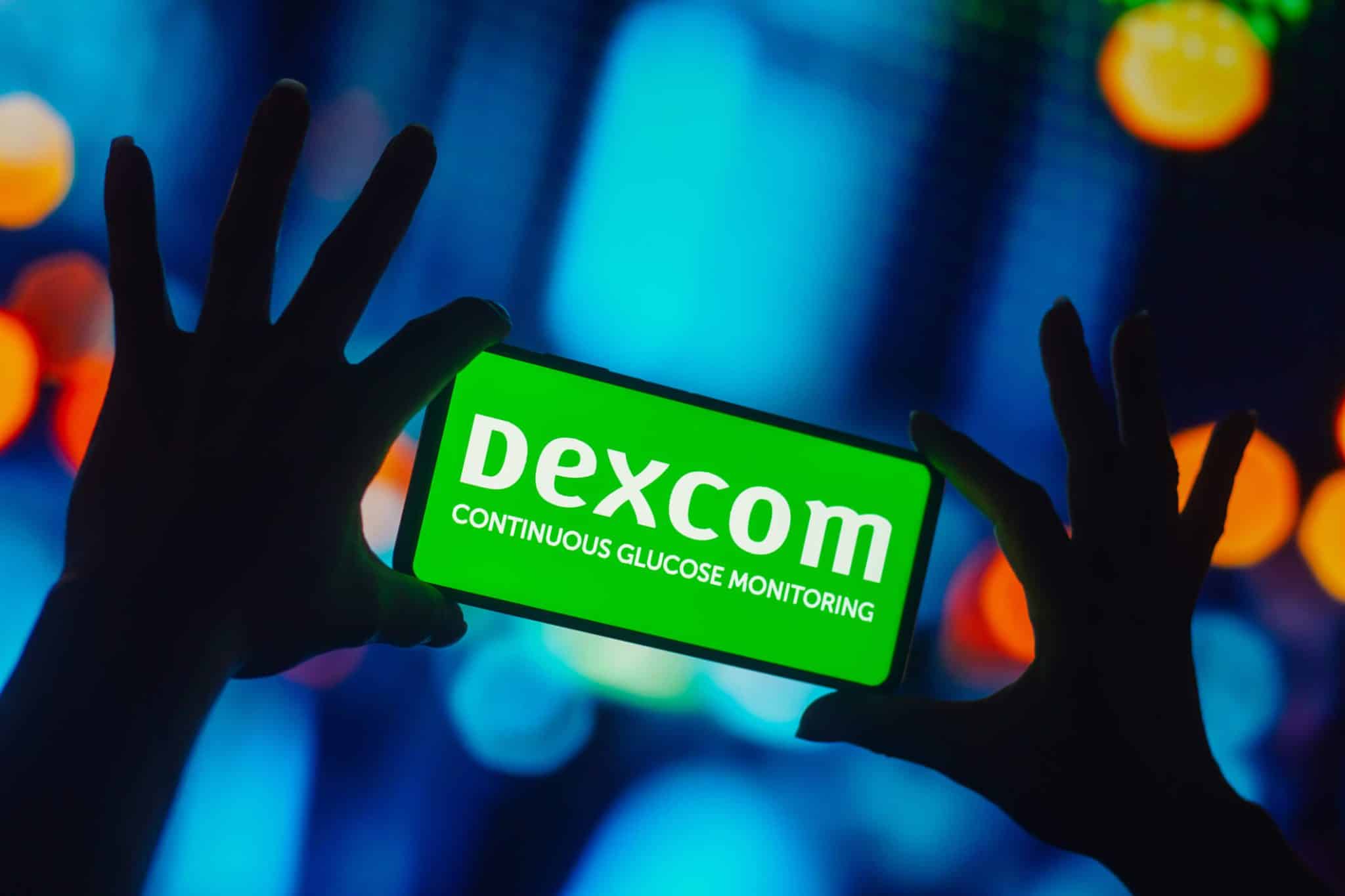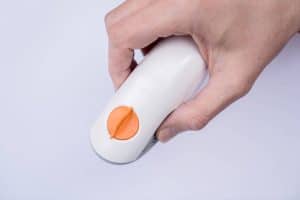
Sell Dexcom G7 Sensors Online: A Step-by-Step Guide to Fast Cash
Posted on November 04, 2025 at 10AM
Sell Dexcom G7 Sensors Online for Quick Cash
Managing a condition like diabetes comes with significant costs, including supplies for monitoring glucose levels, devices, insulin, and the various accessories and sensors required. If you have unused or extra items—like a box of test strips, sensors, or devices from Dexcom—you can turn them into cash, help others, and reduce waste through a marketplace. By creating a listing with a clear description, setting a competitive price, and effectively advertising your item, you can attract customers who need these supplies while also recouping some of your expenses. Maintaining an account on a reputable platform ensures your listing is visible and trusted by potential buyers.
Selling unused items not only helps offset costs but also supports the broader diabetes community by providing access to essential devices. Feedback from customers is a valuable tool in this process, as positive reviews can enhance your marketplace reputation and improve the likelihood of future transactions. Crafting a listing with an accurate description, clear price, and attention to packaging and delivery details increases buyer confidence, reduces the risk of disputes, and maximizes profit. This approach creates a streamlined way that benefits both the seller and buyer, turning surplus medical supplies into a trusted and efficient exchange within the diabetes management ecosystem.
Selling Extra Supplies as a Practical Choice
In life with diabetes, it’s common for people to accumulate more than they need. Changes in insurance coverage, switching devices (such as from Dexcom G6 to G7), or having a leftover box of test strips, sensors, or other products can result in extra inventory. The cost of these products, the burden of storage, and the waste of letting them sit make selling them through e-commerce a logical option. With proper promotion and clear information about each item, you can efficiently attract buyers, increase revenue, and help others manage their diabetes. By considering the distinction between used and unused items and providing an accurate description, you address common questions and establish trust in the marketplace.
Selling extra sensors, transmitters, receivers, or test strips achieves several benefits:
- Cash recovery: Offset cost incurred for diabetes-related equipment and supplies, turning surplus products into revenue.
- Reduced waste: Instead of letting an item expire, you give it a second life for someone who needs it.
- Support for others: Buyers may include individuals with limited access, those with high insurance costs, or those seeking an affordable alternative.
- Inventory clearance: Freeing up space and eliminating clutter, while providing accurate information and promotion to reach the right customer.
Legal and Ethical Guidelines for Resale
Before selling, it’s essential to understand the legal and regulatory requirements to protect both your money and the health of buyers. Reselling a diabetes-related product—such as a Dexcom G7 sensor, glucose monitors, or test strips—requires careful attention to device classification, insurance coverage, and the condition of the item. Providing accurate details and data about each item, including name, lot number, and expiration date, helps establish trust with the customer and supports safe use.
Key considerations:
- Condition: Items must be unused, sealed, and unexpired to ensure safety and reliability.
- Acquisition: Items obtained through government programs or restricted insurance coverage may not be legally resellable.
- Device classification: The classification of prescription or durable medical equipment can complicate resale, requiring compliance with specific regulations.
If you are selling extra, unused, sealed, non-government-funded kits, sensors, or test strips, you are generally within safe bounds. Engaging with a reputable company, service, or team that provides customer support can help answer questions and verify that the sale meets legal and safety requirements, while giving buyers confidence in the data and details you provide.
Market Demand for Dexcom G7 Sensors

Maximize cash from your unused Dexcom G7 sensors by working with More Cash for Test Strips in Carson California
The Dexcom G7 offers features that drive strong demand, providing a solution that can improve the lives of diabetics managing their condition. Buyers seek sensors, transmitters, receivers, and related devices to monitor glucose levels, manage insulin, and enhance overall diabetes management. For sellers, leveraging ecommerce platforms to advertise these items effectively connects unused products with diabetics who need them, while ensuring accurate data and reliable device performance for better daily health decisions.
Drivers of demand include:
- Real-time glucose monitoring with improved accuracy and seamless device integration improves the patient experience.
- Consumable supplies often go unused after switching devices, prescriptions, or insurance plans, creating a resale opportunity.
- Individuals seeking cost savings compared to retail prices, while ensuring the safe and effective use of products.
- Businesses and platforms specializing in purchasing unused diabetes supplies recognize the Dexcom G6 and G7 sensors as highly desirable, providing secure shipping labels, protecting against damage, and offering timely payments.
- Multiple reasons, including convenience and reducing waste, make the resale of these items a practical solution that benefits both sellers and patients.
Preparing Supplies for Sale
Organizing your items, documentation, and content increases’ buyer trust and ensures a smoother transaction, while giving every person confidence in the safety and reliability of the products. For individuals with diabetes who rely on these supplies, accurate details about blood sugar levels and glucose readings are crucial. Presenting your items clearly helps protect both the seller and buyer, contributing to better diabetes management outcomes.
Checklist:
- Item brand & model: e.g., Dexcom G7 sensor, as part of the device ecosystem for monitoring glucose readings.
- Condition: Sealed, unopened, and never used to ensure safe handling for all users.
- Expiration date / Lot number: A sufficient shelf life is essential for effective blood sugar monitoring.
- Original packaging includes the box, instructions, and any additional content that comes with the device.
- Quantity: List the number of boxes, sensors, transmitters, receivers, and strips for transparency.
- Proof of legal acquisition ensures that resale is allowed under your purchase circumstances and maintains trust.
- Shipping readiness: Package securely to protect items in the hands of someone who will rely on them for accurate glucose readings.
- Select a trusted buyer or platform: Look for clear payout policies, secure payment processes, and services that support safe delivery to every customer.
Step-by-Step Selling Process
Follow these steps to efficiently convert our inventory into cash using our trusted company, More Cash for Test Strips, which specializes in purchasing unused diabetes supplies and ensures secure, reliable transactions.
Gather and List Inventory
Create a detailed list of your items, including brand, model, condition, expiry date, and quantity. Clear documentation enables buyers to evaluate value quickly.
Research Market Value
Check platforms that purchase unused diabetes supplies to understand current payouts for Dexcom sensors and related items. Compare offers to maximize value.
Choose a Selling Platform
Options include:
- Direct sales on online marketplaces (ensure legal compliance).
- Specialized businesses that purchase unused diabetes supplies and provide quotes, prepaid shipping, and secure payment.
- Bulk selling to improve payout per unit.
Request Quotes and Negotiate
Send the buyer a list of items, condition, quantity, and expiry dates. Receive a quote and, if selling in bulk, consider negotiating a higher payout.
Package and Ship Items
Ensure secure packaging for high-value devices. Use provided or prepaid shipping labels if offered. Include tracking and, if needed, shipping insurance.
Receive Payment and Confirm Transaction
After buyer verification, payment is processed via secure methods such as PayPal, ACH, or check. Payment timelines typically range from 1 to 2 business days after receipt.
Maintain Records
Keep records of sales, shipments, and payments for your inventory management and tax purposes.
Pricing, Value, and Factors Affecting Payouts
Several factors determine the value of your items and potential payout:
- Brand and model: High-demand brands like Dexcom increase value.
- Condition: Sealed, unopened items command higher payouts.
- Expiration date: Longer shelf life improves resale value.
- Quantity: Bulk sales often result in reduced per-unit shipping costs and enhanced negotiation leverage.
- Market demand: Newer models, such as the G7, are generally in higher demand than older G6 items.
- Shipping and fees: Net payout may be affected by shipping costs and platform fees.
- Regulatory status: Items obtained through government programs may be subject to discounts or restrictions.
Benefits for Sellers and the Community
Selling extra supplies benefits you and others:
Benefits for Sellers
- Recover some of the expenses for insulin, devices, or supplies.
- Reduce clutter and free storage space.
- Convert unused inventory into value while supporting others.
Benefits for Buyers
- Access to affordable supplies for those with limited insurance coverage.
- Improved diabetes management through better access to sensors and test strips.
- Reduced waste by extending the life of unused supplies.
Broader Community Impact
- Promotes resource efficiency and reduces environmental waste.
- Contributes to a supportive diabetes ecosystem.
- Raises awareness of the costs of diabetes management.
Risks and Best Practices
Resale carries risks that should be managed carefully.
Risks
- Selling items obtained through government funding may violate regulations.
- Opened, expired, or damaged items may be rejected or pose safety risks.
- Misrepresentation of an item’s condition can harm your reputation or lead to legal issues.
- Shipping losses may occur if the item is not insured.
- Prescription-only devices may have restrictions in specific markets.
Best Practices
- Be transparent about the brand, model, condition, and expiration date.
- Utilize reputable platforms that provide secure payment options and transparent policies.
- Keep items in original packaging and ship securely.
- Maintain documentation for all transactions.
- Check regulations for international shipping if applicable.
- Avoid selling opened, damaged, or expired supplies.
Selling Dexcom G7 vs. G6 Items
Understanding the differences between G7 and G6 helps optimize your selling strategy.
Dexcom G7 Highlights
- The latest generation with improved performance and integration.
- High demand among users upgrading devices.
- Often commands a higher resale value due to recent release and limited supply.
- Insurance coverage is expanding, which increases the property’s potential resale value.
Dexcom G6 Items
- An older model, still widely used, but may have a slightly lower resale value.
- Often available in leftover inventory after switching to G7.
Key Insight
Sealed Dexcom G7 sensors are more valuable and in high demand. G6 items remain sellable but may not command top payouts.
Strategy to Maximize Payout
Follow these tips to increase your earnings:
- Scan the inventory and photograph the boxes clearly, showing the lot number, expiry date, and brand.
- Bundle items for bulk sale to improve per-unit payout.
- Research market demand and set competitive pricing.
- Emphasize brand recognition in listings.
- Time your sales to coincide with periods of high demand.
- Use trusted platforms to ensure secure transactions.
- Be honest about the item’s condition and quantity.
- Maintain proper records of all transactions.
- Verify you are not violating insurance or government program rules.
Contribution to the Diabetes Community
Selling unused diabetic test strip supplies extends their utility to others while supporting the broader diabetes ecosystem:
- Reduces waste of perfect sensors, test strips, and devices.
- Provides access to supplies for individuals facing financial or insurance challenges.
- Encourages efficient use of resources and responsible inventory management.
- Raises awareness about the financial and practical burdens of diabetes management.
Conclusion
Extra boxes of Dexcom G7 sensors, transmitters, receivers, or other diabetes supplies can be converted into cash with proper preparation and approach. Following the steps outlined—ensuring eligibility, documenting condition, selecting a reputable buyer, and shipping securely—maximizes value while maintaining compliance.
Selling unused supplies benefits you financially, helps others access necessary diabetes management tools, and reduces waste in the community. Proper planning, transparency, and adherence to legal and safety guidelines ensure a smooth transaction and a positive impact for all parties involved.
Frequently Asked Questions
Can I sell my Dexcom G7 sensors if they were purchased with a prescription?
Yes, as long as the items are unused, sealed, and not obtained through government programs that restrict resale. Always verify local regulations to ensure compliance with prescription and medical device laws.
What is the minimum quantity of sensors or test strips that buyers typically accept?
Many buyers accept even a single box, but some prefer bulk quantities for efficiency. Check the platform’s requirements before listing to ensure your inventory meets their minimum threshold.
Are there specific packaging requirements to prevent damage during shipping?
Yes, use original boxes or secure packaging with padding. Include a shipping label, ensure the items are sealed, and add tracking or insurance to protect high-value devices, such as Dexcom G7 sensors.
How does the buyer verify the authenticity and condition of the Dexcom G7 sensors?
Buyers typically verify the brand, model, lot numbers, expiration dates, and the presence of unopened packaging. Accurate photos and detailed descriptions help verify authenticity and ensure the items are acceptable for resale.
What payment methods are commonly offered by reputable buyers, and how quickly are payments issued?
Standard methods include PayPal, ACH, or check. Payments are typically issued within 24–48 hours after the buyer receives and verifies the items, depending on platform policies.
Can I sell other diabetes-related products, such as test strips, along with Dexcom sensors in the same transaction?
Yes, many platforms accept test strips, glucose monitors, transmitters, and receivers in addition to sensors. Bundle items carefully and provide accurate details for each to simplify the transaction.
Do I need to provide detailed information such as lot numbers, expiration dates, or device serial numbers?
Yes, providing lot numbers, expiration dates, and serial numbers is critical. This ensures transparency, helps buyers verify safety, and often directly affects the payout amount.
What are the common reasons a buyer might reject a shipment, and how can I avoid them?
Rejection usually occurs if items are opened, damaged, expired, or improperly documented. Avoid this by double-checking packaging, item condition, and providing complete information before shipping.
Can I track my sales and maintain records for tax or personal finance purposes?
Yes, most platforms provide transaction history, invoices, and payment records. Keep copies of listings, receipts, and shipping confirmations to accurately track inventory and financial details.
What kind of customer support or service do buyers receive if they have questions or issues after the transaction?
Reputable buyers provide email, chat, or phone support. They handle shipment disputes, payout questions, or product verification concerns, ensuring a secure and reliable selling experience for all parties.

